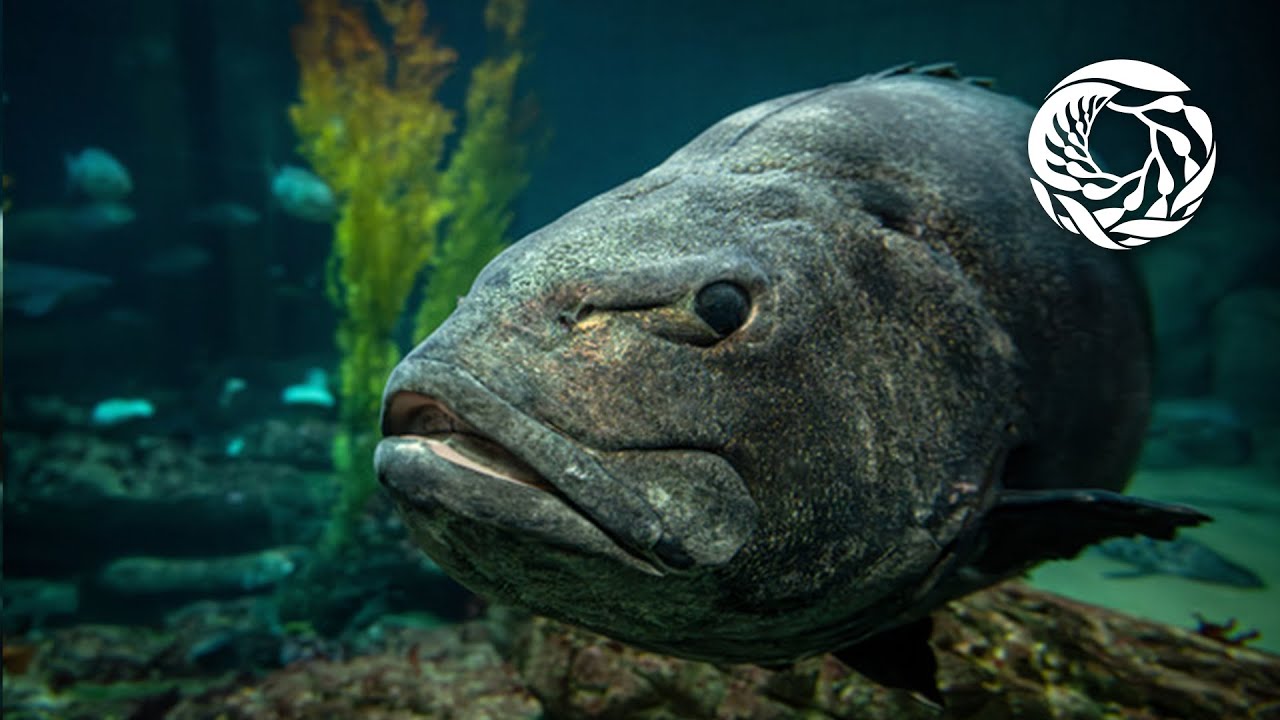- The essential care practices for the giant sea bass in the Monterey Bay Habitats exhibit.
- Detailed training programs for the giant sea bass focusing on their cognitive and physical needs.
- The ecological significance of the giant sea bass within marine ecosystems and conservation efforts.
- The role and impact of zoological gardens like Monterey Bay Aquarium in wildlife conservation and public education.
- Advanced techniques and technologies used in monitoring and researching giant sea bass in captivity and the wild.
Caring for the giant sea bass within the Monterey Bay Habitats exhibit requires a multifaceted approach that combines marine biology, veterinary science, and environmental management. These impressive fish can grow up to 500 pounds and measure over seven feet long. Their care entails intricate balancing of physical conditions, dietary requirements, and health monitoring to ensure longevity and health within the confines of an aquarium setting.
Firstly, the environmental conditions intended to mimic their natural habitat are crucial. Giant sea bass require specific water temperature ranges, salinity levels, and proper filtration systems to thrive. In their natural setting, they inhabit waters typically ranging from 55 to 72 degrees Fahrenheit. These parameters are closely monitored and adjusted using advanced aquarium systems. Salinity is equally vital, often maintained between 33 and 35 parts per thousand, to replicate the oceanic conditions favorable to their health. Equipment tasked with monitoring these conditions includes state-of-the-art digital and analog systems capable of transmitting real-time data, critical for immediate adjustments when necessary.
Nutrition represents another cornerstone of effective sea bass care. Their diet in the Monterey Bay Habitats exhibit must be both varied and balanced, comprising fish, crustaceans, and cephalopods akin to what they would hunt in the wild. The nutritional components are carefully weighed and scheduled to prevent health issues such as vitamin deficiencies or obesity, which these slow-growing giants are susceptible to over long lifespans. Besides providing sustenance, this diet also aids in natural training programs designed to promote their hunting instincts and physical activity, contributing to psychological well-being.
The exhibit emphasizes training programs to sustain the cognitive sharpness and melancholy of these fish. Training involves conditioning them to respond to specific cues, like signals from a trainer or feeding prompts, which engages them cognitively and stimulates problem-solving skills. Each session is tailored to individual fish, considering their age, size, and health status, ensuring that all giant sea bass remain active and engaged mentally.
Understanding the ecological significance of the giant sea bass is pivotal. As apex predators in their natural environments, these creatures play a crucial role in maintaining the equilibrium of marine ecosystems. They help regulate prey populations, thus preventing ecological imbalances. This position highlights the importance of educating the public about these fish and the threats they face, including overfishing and habitat destruction, which have perilously reduced their populations in the wild.
Zoological gardens, such as the Monterey Bay Aquarium, significantly impact conservation through research and public education. These facilities serve as accessible platforms for environmental awareness, focusing on the delicate relationship between marine species and their ecosystems. They also contribute to scientific research aimed at conservation and the reintroduction of species like the giant sea bass back into their native environments. Conservation practices often include habitat restoration and breeding programs. With respect to giant sea bass, maintaining a sustainable population within controlled environments aids in ensuring long-term species health and facilitates future rewilding efforts.
Advanced technologies in monitoring and research are veering towards cutting-edge methods to study giant sea bass both in captivity and in situ. Tagging and tracking technologies are increasingly accurate, allowing scientists to gain insights into migration patterns, breeding habits, and ecosystem interactions. In aquariums, non-invasive health monitoring systems such as ultrasound and biometric scanning promote better understanding and timely intervention for any health-related issues. These advances enhance our scope of scientific inquiry, providing data critical to conservation science aimed at securing the future of giant sea bass populations worldwide.
The care of the giant sea bass within the Monterey Bay Habitats exhibit extends beyond premiere husbandry practices. It signifies a well-coordinated effort between technical innovations, study programs, and public education to secure a hopeful trajectory for ocean giants.
*****
Source Description
From target training to sand enrichments, there’s never a dull moment when it comes to our four giant sea bass! So let’s join senior aquarist Melissa and her team to learn about how they care for the gentle giants of the Monterey Bay Habitats exhibit.
Sea if you can recognize Blue, Charlie, Delta, and Theo on your next visit to the Aquarium or on our live Shark Cam!
Learn more about the giant sea bass: https://www.montereybayaquarium.org/animals/animals-a-to-z/giant-sea-bass
Spot the giant sea bass on our live Shark Cam: https://www.montereybayaquarium.org/animals/live-cams/shark-cam
____
Whale hello there! We hope you liked this video. Subscribe to our channel for more from the Monterey Bay and our mission to inspire conservation of the ocean:
https://www.youtube.com/subscription_center?add_user=montereybayaquarium
We’re on Facebook: https://www.facebook.com/montereybayaquarium
And Instagram! https://www.instagram.com/montereybayaquarium
And Tumblr! https://www.tumblr.com/blog/montereybayaquarium
And Twitch! https://www.twitch.tv/montereyaq
And TikTok! https://www.tiktok.com/@montereyaq
And Discord! https://discord.gg/montereybayaquarium
And subscribe to our emails here: https://montereybayaquarium.org/subscribe
[00:00] Intro
[00:27] Giant Sea Bass Team
[00:53] Preparing for training
[01:25] Target training
[01:57] Blue
[02:29] Charlie
[03:02] Delta
[03:32] Theo
[04:06] Working together


